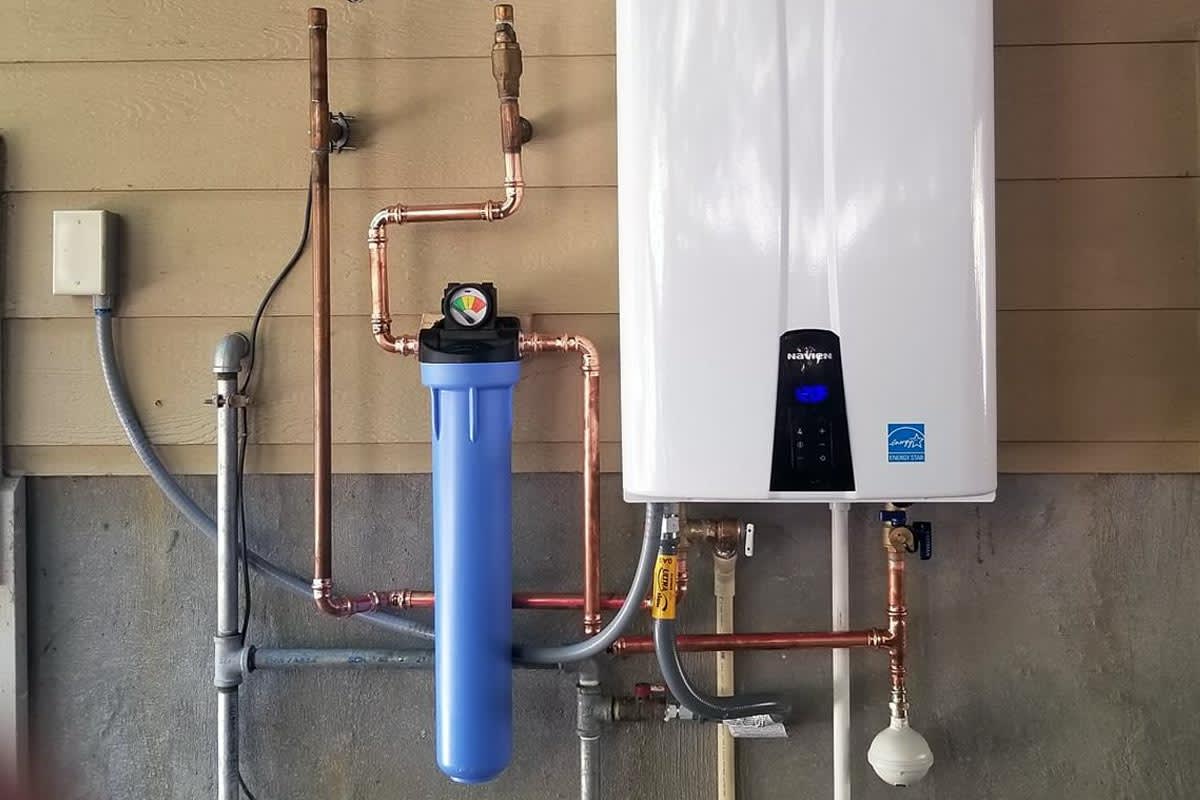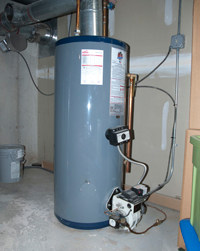Ensuring Longevity of Your Home's Hot Water System: Maintenance Advice
Ensuring Longevity of Your Home's Hot Water System: Maintenance Advice
Blog Article
We've discovered this article involving Tips on Maintaining a Water Heater down the page on the internet and believe it made good sense to discuss it with you here.

Warm water is vital for daily comfort, whether it's for a rejuvenating shower or washing recipes. To ensure your warm water system runs successfully and lasts much longer, routine maintenance is essential. This short article supplies practical suggestions and understandings on just how to maintain your home's hot water system to stay clear of disturbances and pricey fixings.
Intro
Preserving your home's hot water system might seem daunting, however with a couple of basic actions, you can guarantee it runs smoothly for years to find. This overview covers everything from understanding your hot water system to DIY maintenance suggestions and recognizing when to hire specialist assistance.
Value of Preserving Your Warm Water System
Normal upkeep not just expands the lifespan of your hot water system but also ensures it runs successfully. Neglecting maintenance can result in decreased efficiency, greater power costs, and also early failure of the system.
Signs Your Warm Water System Demands Maintenance
Understanding when your hot water system needs interest can avoid significant issues. Watch out for indicators such as inconsistent water temperature level, weird sounds from the heating unit, or rustic water.
Recognizing Your Hot Water System
Before diving right into maintenance jobs, it's handy to comprehend the standard parts of your warm water system. Typically, this includes the hot water heater itself, pipes, anode poles, and temperature level controls.
Monthly Maintenance Tasks
Routine month-to-month checks can help catch small issues before they escalate.
Flushing the Hot Water Heater
Flushing your water heater gets rid of sediment accumulation, enhancing effectiveness and extending its life.
Checking and Replacing Anode Rods
Anode poles protect against corrosion inside the storage tank. Examining and replacing them when worn is crucial.
Examining and Changing Temperature Settings
Changing the temperature level setups makes certain optimum efficiency and safety and security.
Do It Yourself Tips for Upkeep
You can execute several maintenance jobs on your own to maintain your warm water system in leading condition.
Looking for Leakages
On a regular basis evaluate pipelines and connections for leaks, as these can result in water damage and higher bills.
Testing Pressure Alleviation Valves
Examining the stress safety valve ensures it works properly and avoids excessive pressure build-up.
Shielding Pipes
Insulating hot water pipes reduces warmth loss and can conserve energy.
When to Call a Professional
While DIY maintenance is valuable, some issues require specialist proficiency.
Complex Problems Calling For Professional Aid
Examples include significant leaks, electric problems, or if your water heater is consistently underperforming.
Regular Professional Maintenance Conveniences
Professional maintenance can include detailed examinations, tune-ups, and making sure conformity with security requirements.
Conclusion
Normal maintenance of your home's hot water system is crucial for effectiveness, longevity, and cost financial savings. By following these pointers and understanding when to look for expert aid, you can make sure a trusted supply of hot water without unanticipated disruptions.
Water Heater Maintenance: The Basics
Maintaining your water heater will ensure it operates efficiently and has a longer lifespan. Neglecting regular maintenance can lead to costly repairs and an even bigger chunk of your savings if you have to replace it sooner than necessary. But there’s good news: Most water heater maintenance tasks are relatively simple and easy for homeowners with basic DIY skills.
Flush the Water Heater
Over time, sediment and minerals can build up in the tank, reducing its efficiency and potentially causing damage. To flush the tank, turn off the power or gas supply, attach a hose to the drain valve near the bottom and open the valve to drain the water until it runs clear. Ideally, flush the tank annually.
Replace the Anode Rod
The anode rod is a sacrificial metal rod that helps prevent corrosion inside the tank. Inspect and replace it every three to five years or per the manufacturer's recommendation. To replace the anode rod, turn off the power or gas supply, drain a few gallons of water from the tank, unscrew the old rod and replace it with a new one. If the anode rod is significantly corroded or covered in calcium buildup, it's a sign the water heater may need to be replaced soon.
Tune-Up
A yearly tune-up can help identify potential issues and ensure your water heater operates at peak efficiency. This typically involves checking the thermostat, burner assembly (for gas heaters) and any other components specified by the manufacturer. During a tune-up, the technician may also clean the burner and adjust the pilot light (for gas heaters) or examine the heating elements (for electric heaters).
How to Maintain Your Water Heater
Insulate the tank. Insulating the tank can improve energy efficiency and reduce heat loss, saving you money on energy bills. You can purchase precut insulation blankets designed specifically for water heaters or use standard fiberglass insulation wrapped securely around the tank. Check the temperature. The recommended water temperature for most households is around 120 degrees Fahrenheit (49 degrees Celsius). Higher temperatures can increase energy costs and potentially cause scalding. Use a kitchen thermometer to check the temperature at the faucet nearest the water heater. Monitor water pressure. Excessive water pressure can strain the water heater and cause leaks or even tank failure. Install a pressure-reducing valve if necessary. The ideal water pressure range is between 60 and 70 PSI (pounds per square inch). Test the temperature and pressure (T&P) relief valve. The T&P relief valve is a safety feature that releases pressure if the tank gets too hot or the pressure builds up too high. Test it annually by lifting the lever and allowing a small amount of water to release. Replace the valve if it doesn't release water or reseal properly. Check for leaks. Regularly inspect the tank, pipes and fittings for leaks or corrosion. Deal with issues promptly to prevent further damage. Even a small leak can lead to significant water damage over time. Consider a tankless water heater. If your traditional tank-style water heater is nearing the end of its lifespan ( typically 10 years), consider replacing it with a tankless water heater. These units heat water on demand, reducing standby energy losses and potentially saving you money on your energy bills. Schedule professional maintenance. While homeowners can perform many water heater maintenance tasks, it's still a good idea to schedule professional maintenance every few years. A plumber or HVAC technician can thoroughly inspect the unit, identify potential issues and ensure it operates safely and efficiently. https://www.homeserve.com/en-us/blog/home-improvement/hot-water-heater-maintanence/

I'm certainly very focused on Tips on Maintaining a Water Heater and I really hope you liked the entire blog posting. So long as you enjoyed our article please be sure to share it. Thanks for your time spent reading it.
Call Today Report this page